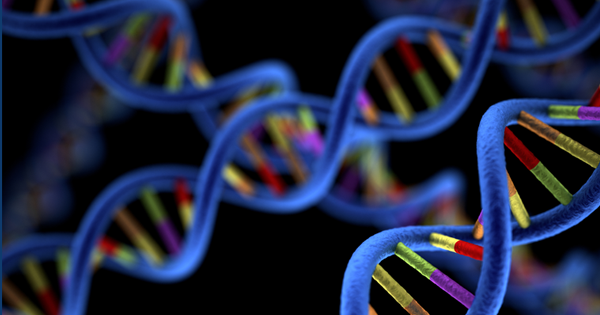Combining Traditional Genealogical Research and DNA Results

By Michelle Dwyer Cohen
Recently, I was working with a client on a long-standing brick wall regarding her great-great-grandmother. The results are a good example of how traditional genealogical research and DNA results can complement each other.

My client wished to remain anonymous for this story, and since I will be describing the use of her DNA results, I have changed the names for privacy.
Our research subject was a woman named Mary Smith, born around 1875 in Texas. Her parents’ names were unknown. Mary went by a few different family nicknames – and she had different names in most of the census records found for her, all of which were after she had married.
She was married in Cooke County, Texas in 1891, but those records did not name parents, and unfortunately there were many Smiths in the county at the time, so figuring out which family was hers was not successful.
Finally, we got a break, finding a death index record for her in Oklahoma under her married name, Mary Johnson, in the 1940s. We ordered the original death certificate, and we got back “Unknown” for her mother’s name, and “John Smith”, born in Virginia, for her father’s name.
Now, which John Smith was her father?
Once again, there were many candidates. This time, however, we were able to locate her adult children getting married in the same county in Oklahoma where she had died. Could her father have lived there too? Using that criteria, the list was narrowed to fewer than five men.
Since Mary was born about 1875, it was likely that her father was at least born by 1854, if not earlier. If it were earlier, John Smith could be a possible Civil War veteran. Union records produced at least several John Smiths as options, but Mary was born in Texas. Was John a Confederate soldier?
Luckily for us, Oklahoma approved the Confederate Soldier’s Pension Bill in 1915 and their records are available online (with images) at digitalprairie.ok.gov/digital/collection/pensions. There was a pension application for a John Smith, in the correct county. His application gave a lot of detail about his service, and mentioned that he had been living with his granddaughter, Mrs. Charles Talbot, at the time of his death.
Now we had a granddaughter to research! The Talbot surname also sounded familiar to me. My client had completed her and her mother’s DNA tests some months earlier, and I had access to view the results. Under their third to fourth cousin results on Ancestry were descendants of…you guessed it…Mrs. Charles Talbot.
The evidence for a linkage between this John Smith and my client was now much stronger. We had a paper trail and some DNA matches, too. There was one more exciting development to come.
John’s widow Sarah had applied for his pension after his death in 1921. In her pension file, John’s daughter Mary Johnson (my client’s 2nd great grandmother) and his daughter-in-law Rachel appeared in the pension office to claim that the widow was not entitled to the money because she had not been living with him at the time of his death! While the pension board did not agree, that letter was yet another building block of proof that we had the right man.
It turns out that John Smith’s parents are just as hard to find as John was, and Mary’s mother is still elusive – the widow who claimed his pension had married him in 1904. My client, though, has broken through at least part of her brick wall, has found living cousins through DNA, and identified many collateral lines to keep searching.
Image credit: Veterans of Dick Dowling Camp 197 of Houston, Texas, at 18th National United Confederate Veterans Reunion, Birmingham, Alabama; Digital ID: ppmsca 57353; Repository: Library of Congress Prints and Photographs Division Washington, D.C. 20540 USA, http://hdl.loc.gov/loc.pnp/pp.print
